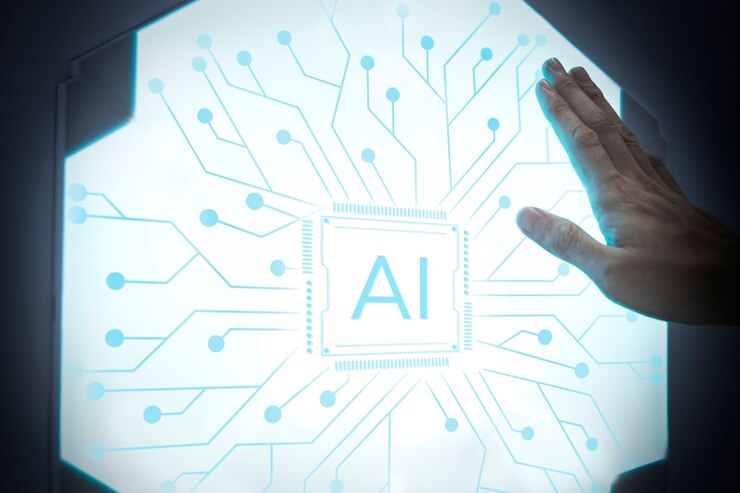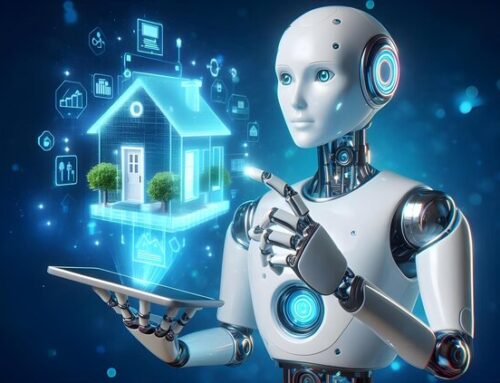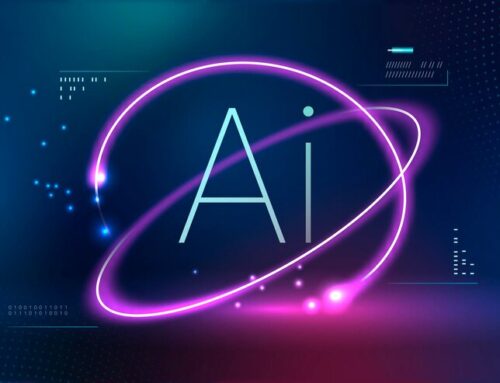Artificial Intelligence (AI) continues evolving, bringing groundbreaking technologies that reshape industries and daily lives. Among the many emerging innovations, it stands out as a notable advancement. Derived from the Sanskrit word “antarvwsna,” meaning “inner vision” or “intuition,” this technology represents a significant leap forward in how machines understand, interpret, and interact with the world.
Understanding Antarvwsna
At its core, it is an AI technology designed to bridge the gap between human intuition and machine learning. Unlike traditional AI systems, which rely heavily on large datasets and predefined algorithms, it focuses on mimicking human-like intuition, allowing machines to make decisions and predictions with minimal data. This capability is handy in scenarios where data is scarce or where rapid decision-making is required.
The technology operates on a complex neural network architecture inspired by the human brain. It integrates cognitive science, deep learning, and reinforcement learning to create an AI system that can think beyond the obvious, much like a human would when faced with ambiguous or incomplete information. It aims to enable machines to “see” beyond the surface, drawing inferences that are not immediately apparent, thus making more nuanced and contextually aware decisions.
Key Features
- Intuitive Decision-Making: Its primary strength lies in its ability to make intuitive decisions. Traditional AI systems excel in environments where the rules are clear and the data is abundant. However, they often struggle in situations requiring gut feelings or informed guesses. On the other hand, it is designed to thrive in these environments by leveraging its ability to process subtle cues and incomplete information.
- Minimal Data Dependency: One of the most challenging aspects of AI development is the need for vast amounts of data to train models. It addresses this issue by reducing dependency on large datasets. Its architecture allows it to learn from minimal input, making it highly effective in data-scarce environments.
- Contextual Awareness: Context is crucial in decision-making. It excels in understanding and applying context to its reasoning processes. Whether it’s understanding the cultural nuances in a conversation or identifying the underlying emotional tone in a text, its contextual awareness makes it more adaptable and reliable in diverse scenarios.
- Human-AI Collaboration: It is designed not to replace human intuition but to complement it. In environments where human judgment is crucial—such as medical diagnostics, legal analysis, or creative fields—it can work alongside humans, providing insights that enhance decision-making without overshadowing the human element.
Applications
The potential applications are vast, spanning multiple industries. Here are a few examples where this technology could have a significant impact:
- Healthcare: In medical diagnostics, where the stakes are high and decisions must be made quickly, it can assist doctors by providing intuitive assessments based on limited patient data. This could be particularly useful in emergencies or remote areas with limited access to extensive medical records and equipment.
- Financial Services: It can predict market trends and make investment decisions based on subtle indicators that traditional algorithms might overlook in the financial sector. Its ability to function with minimal data makes it ideal for assessing emerging markets or new investment opportunities.
- Creative Industries: In fields like advertising, design, and content creation, it can help generate ideas that align with human creativity. By understanding the context and nuances of a creative brief, it can propose concepts that resonate with the target audience while still allowing human creatives to refine and perfect the final output.
- Legal Analysis: Legal professionals often deal with cases where the information is incomplete or ambiguous. It can provide intuitive insights based on precedent, context, and minimal data, helping lawyers build more robust cases or anticipate opposing arguments.
- Human Resources: It can be employed in recruitment processes, especially in assessing candidates’ suitability for roles that require intuition and judgment. It can analyze behavioral cues and contextual information from interviews, providing HR professionals deeper insights into a candidate’s potential.
The Future of Antarvwsna
As AI integrates more deeply into society, technologies like it will play a crucial role in shaping the future of human-machine interaction. The development of AI that can think and reason like humans while maintaining its unique strengths promises to unlock new possibilities in problem-solving, innovation, and collaboration.
However, with these advancements come challenges. The ethical implications of intuitive AI, particularly in decision-making, must be carefully considered. Ensuring that Antarvwsna and similar technologies are developed and used responsibly is paramount. This includes addressing concerns about bias, transparency, and the potential for over-reliance on AI at the expense of human judgment.
Moreover, as it continues to evolve, it will likely spur further research into the convergence of cognitive science and AI, leading to even more sophisticated systems that can understand and interpret the world in ways that are currently unimaginable. The ability to replicate human intuition in machines is not just a technical achievement but a philosophical one, raising questions about the nature of intelligence and the future of human-AI coexistence.
Conclusion
Antarvwsna represents a significant leap forward in AI technology, offering a glimpse into a future where machines can think, reason, and intuit in ways that were once the sole domain of humans. It can revolutionize industries, enhance decision-making, and create new opportunities for human-AI collaboration by bridging the gap between data-driven analysis and human-like intuition. As with any powerful technology, its success will depend on its capabilities and how it is integrated into society, ensuring that it serves as a tool for positive change.






